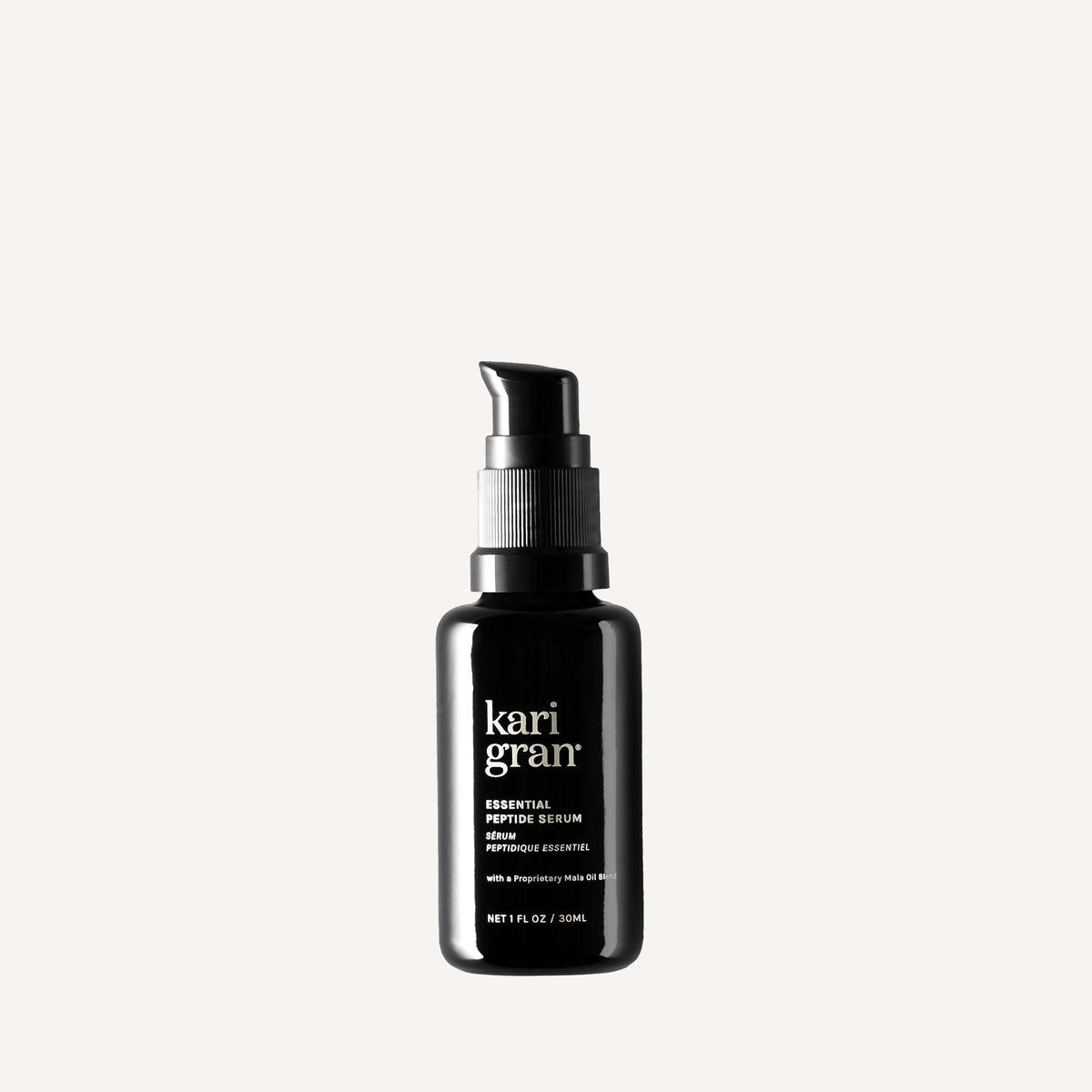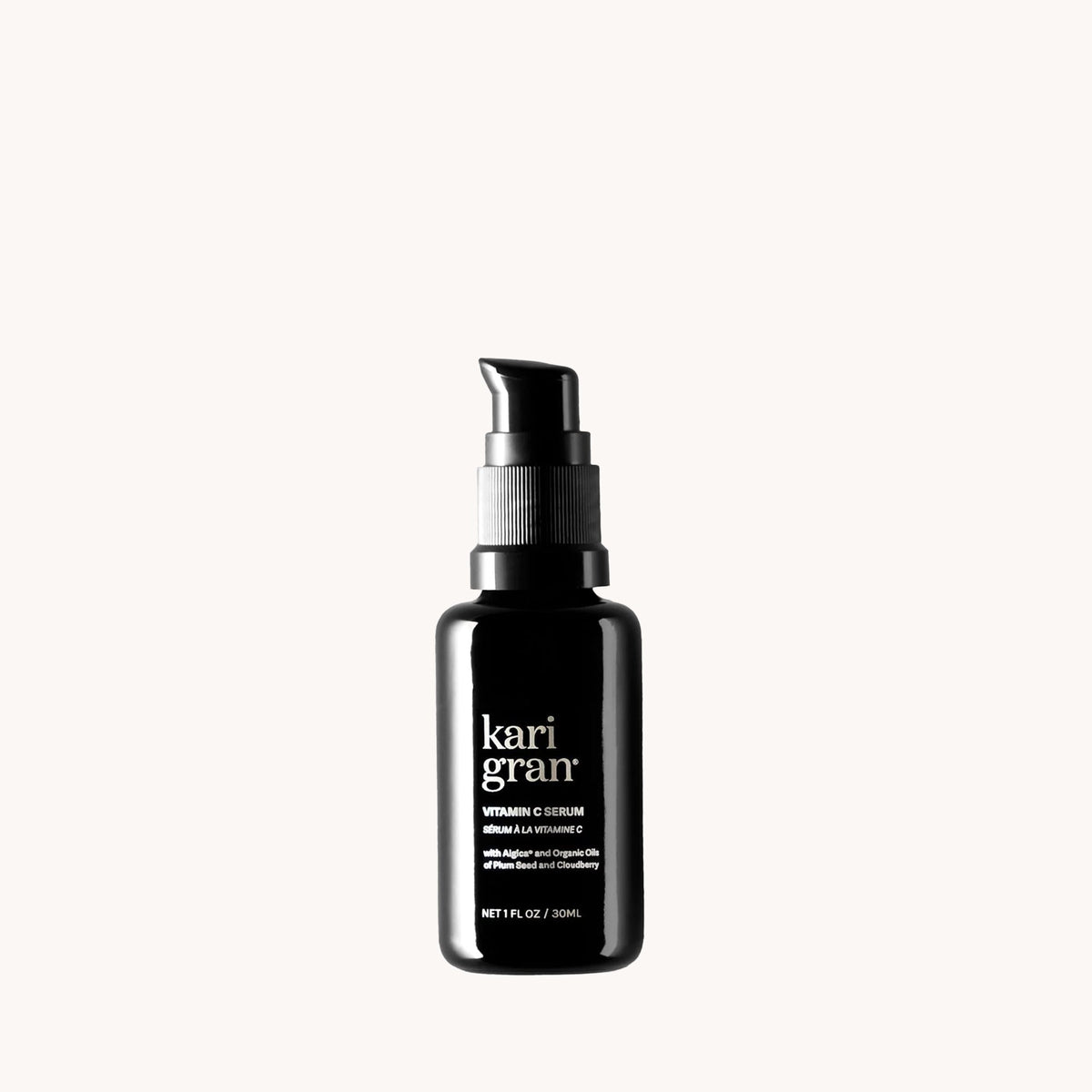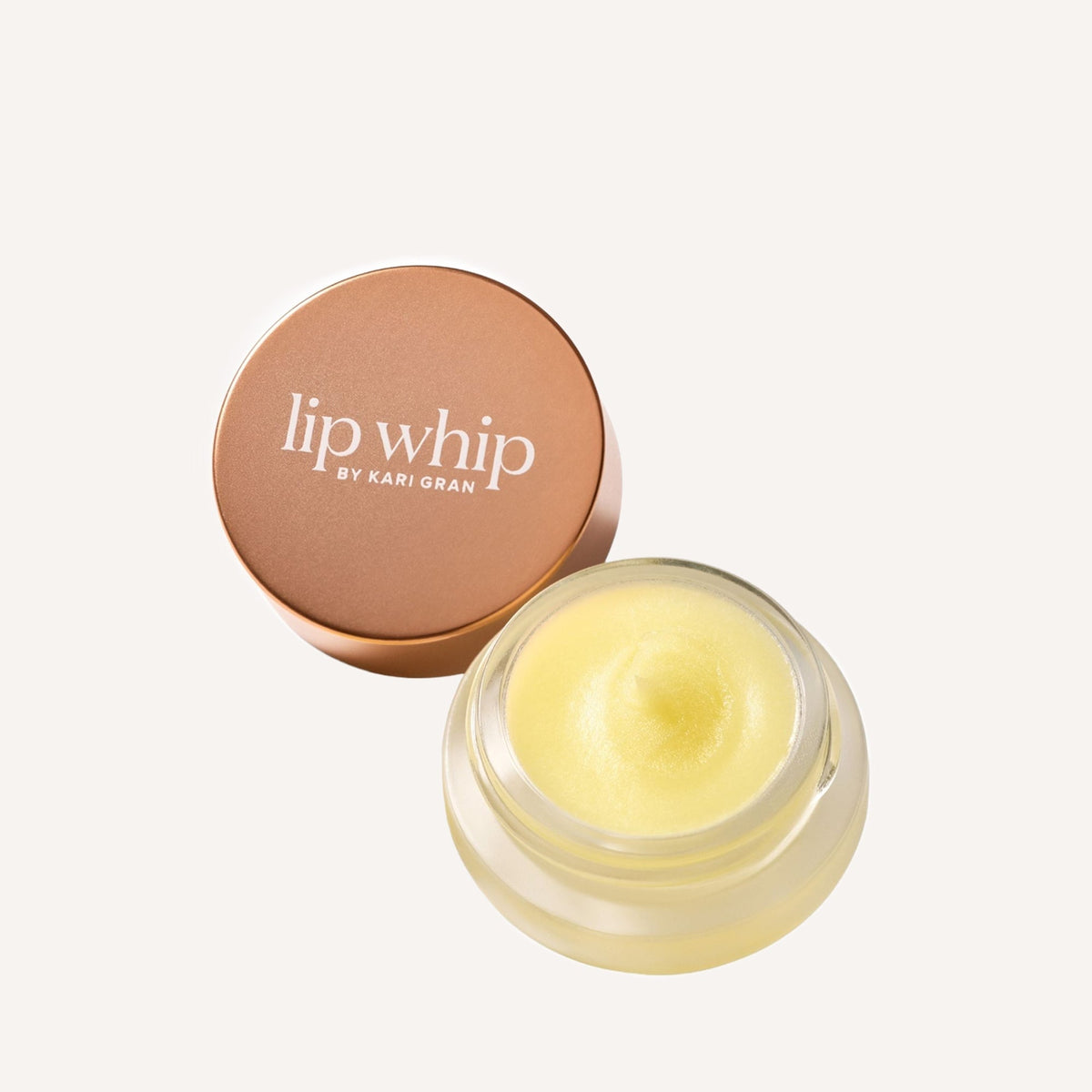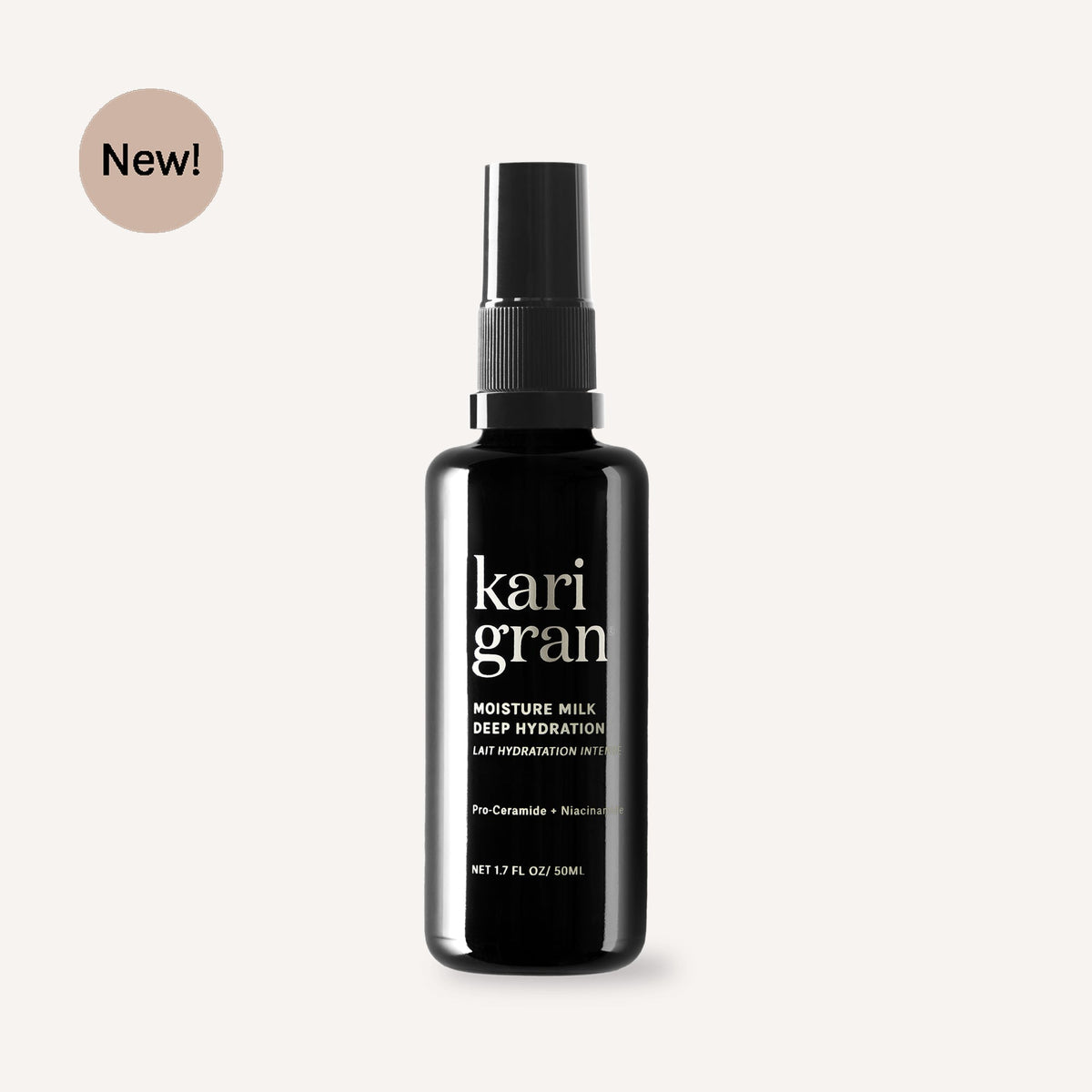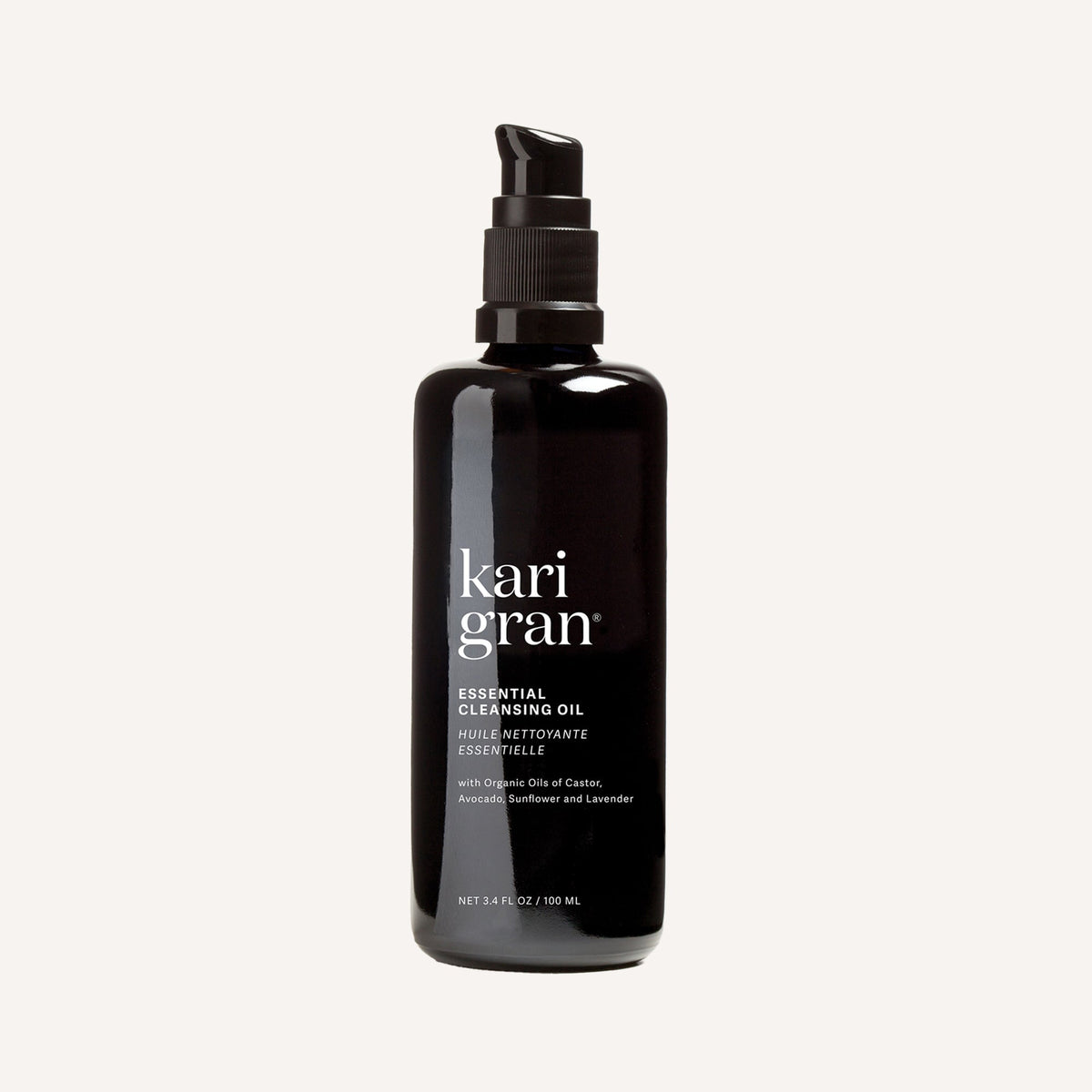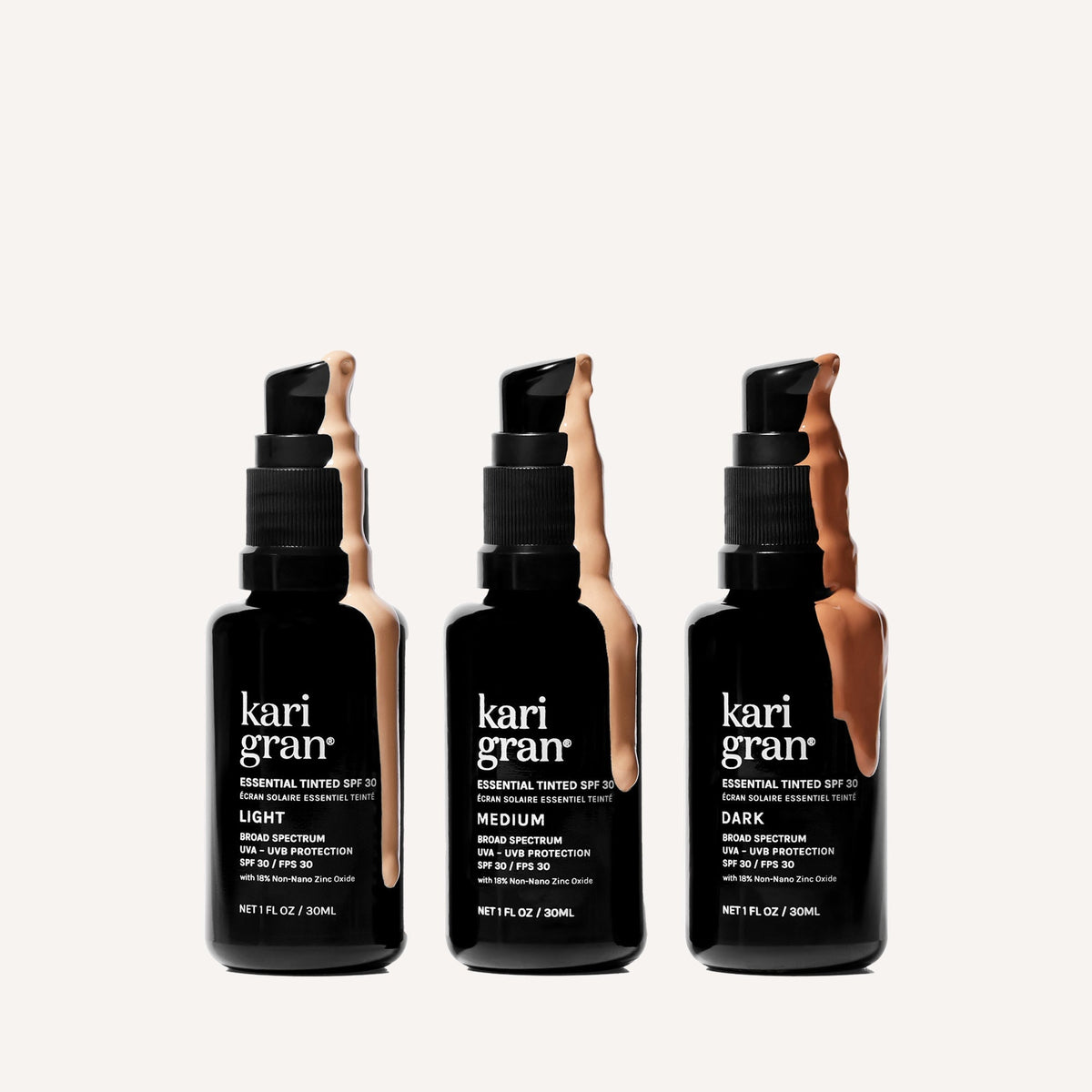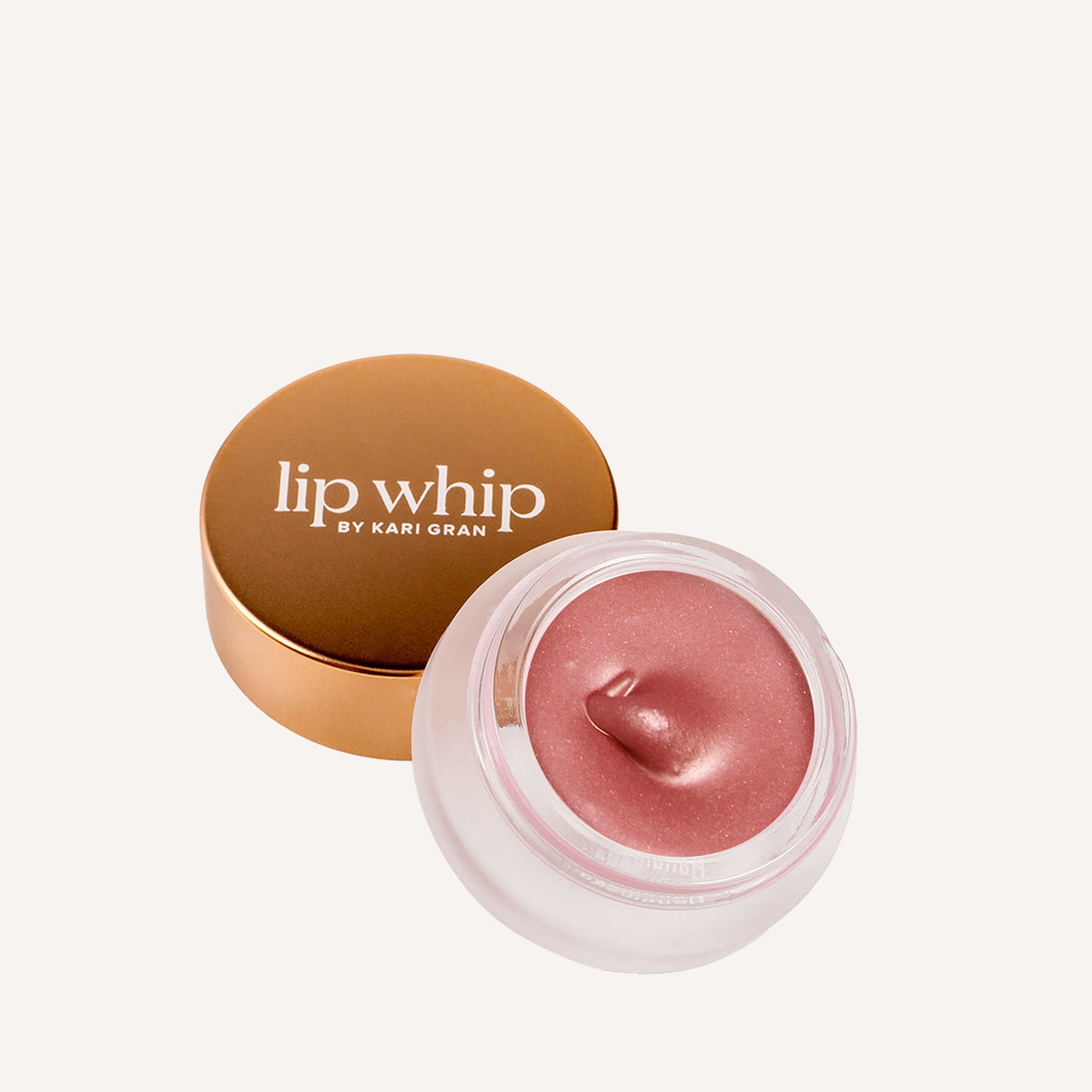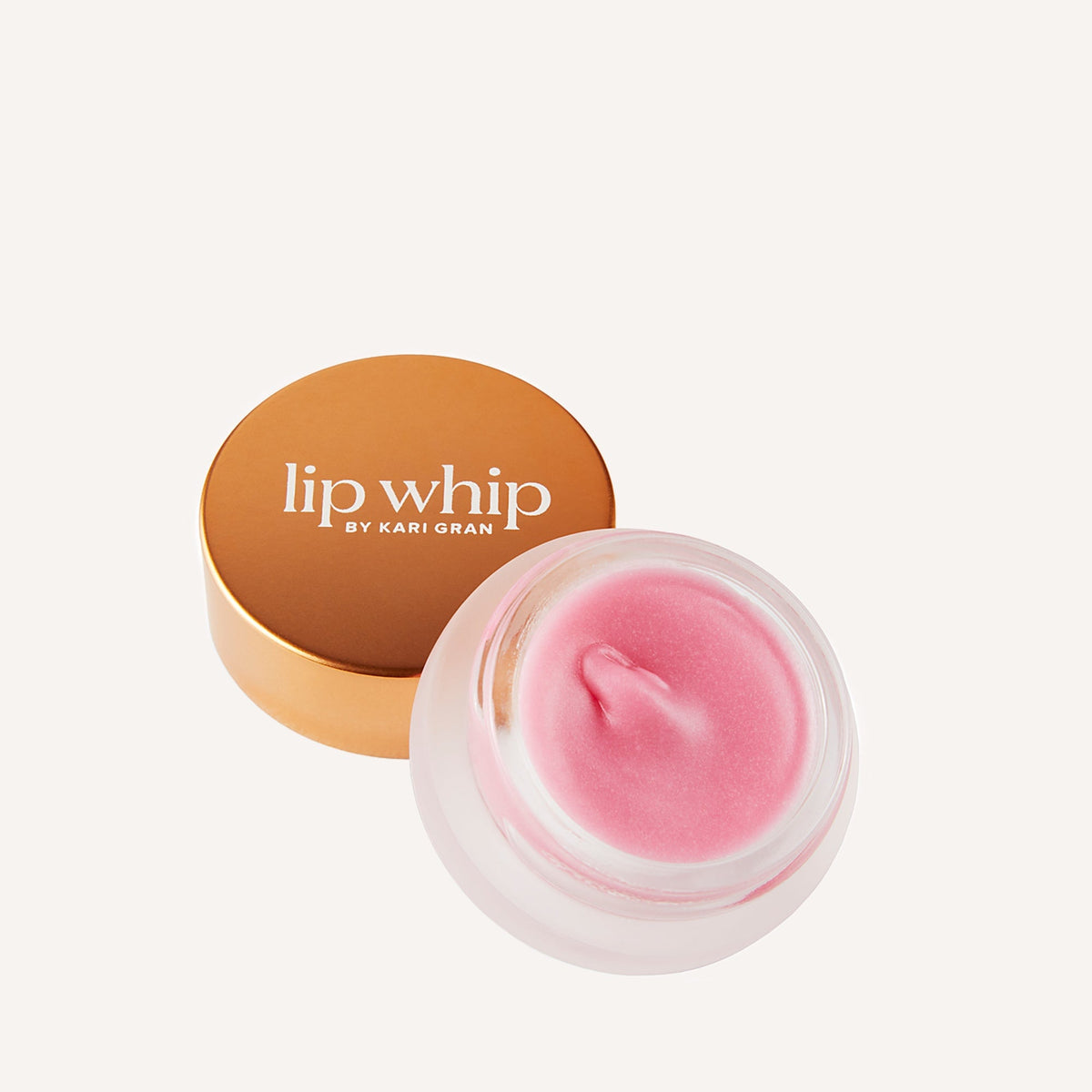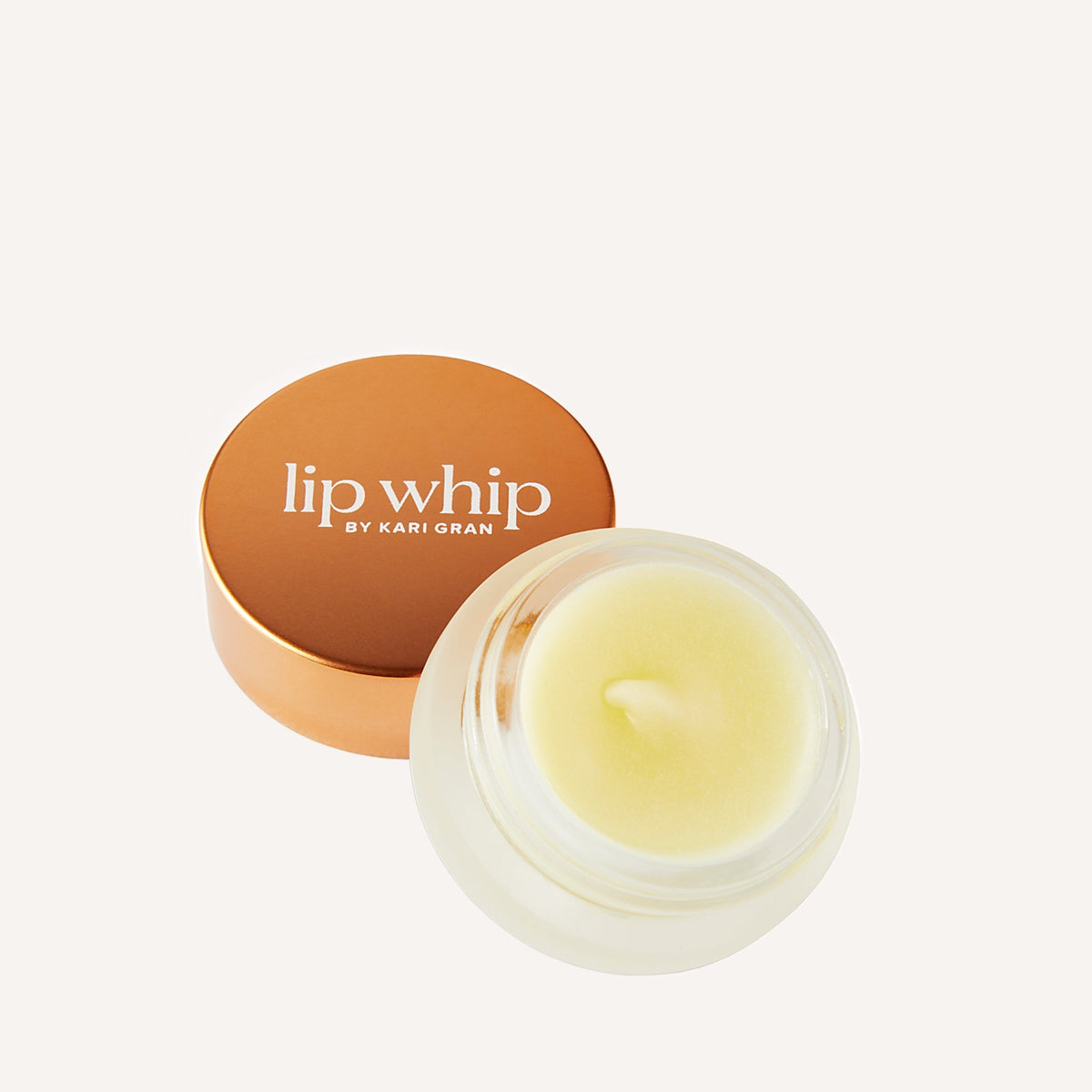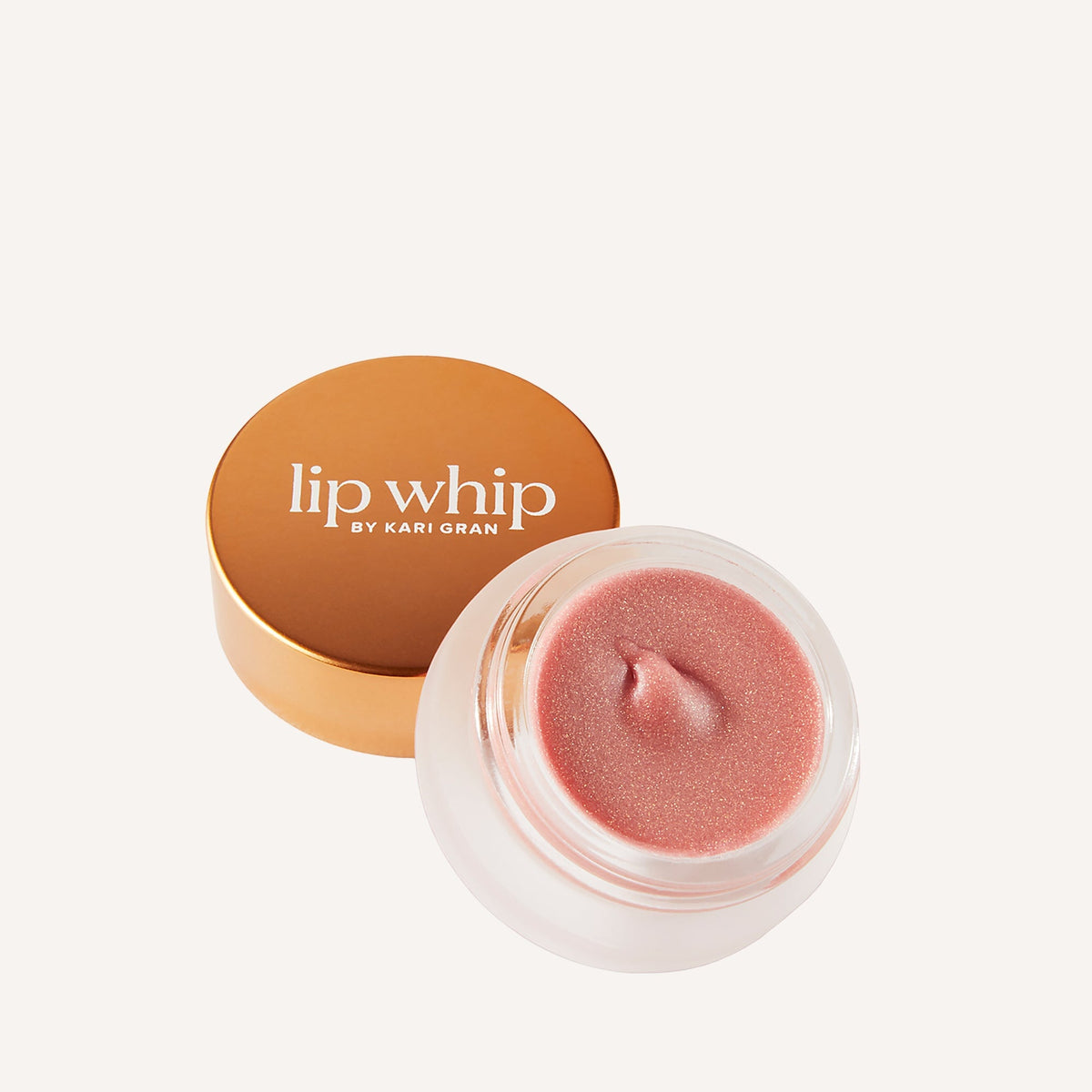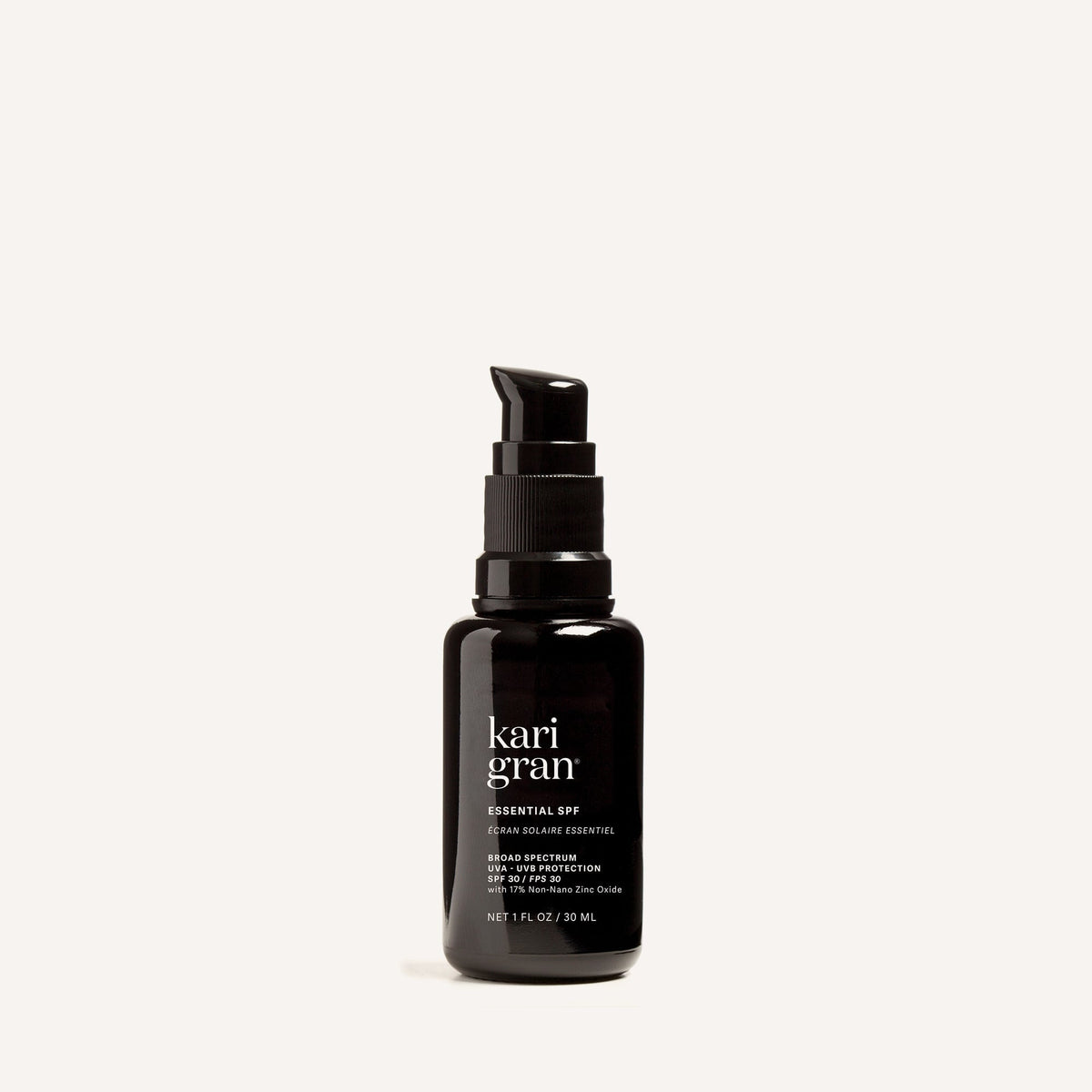How to Calm Red, Sensitive Skin

We hear you: having sensitive skin can be a challenge. The irritation and redness can be frustrating. The good news is, the more you understand how to treat your sensitive skin, the happier your skin —and you— will be. We suggest you try a little tenderness.
WHY IS MY SKIN SO RED AND SENSITIVE?
The short answer is inflammation. According to NY dermatologist David Bank, “Chapping, rawness, and stinging are the body’s ways of sending out an SOS. When skin becomes inflamed and irritated, it turns red because blood rushes to the site with oxygen and immune cells to fix the damage.”
This doesn’t happen only to people with “sensitive skin” — all of us have probably experienced unwanted redness at some point. There’s a long list of potential causes: diet, unprotected sun exposure, pollution, spicy foods. But wait, there’s more: alcohol, allergic reactions, and over-exfoliation. And let’s not forget everybody’s least favorite trigger, stress.
The question is: What can you do to calm your red, sensitive skin?
EMBRACE CLEAN SKINCARE
Forget the adage Squeaky Clean. That’s old school thinking. Squeaky clean usually means you’ve stripped your skin of its natural oil, leaving you with a “tight” feeling. Dry skin can lead to irritated skin.
Create a clean skin care ritual you actually enjoy; keep it as simple as possible so you’re more inclined to do it every day.
Start with a gentle, soothing facial cleanser that will work with your skin’s natural pH balance. Use warm water; forget that steaming hot business.
Skip the astringent toner and clarifying lotions; try a gentle, hydrating toner with calming ingredients instead-such as aloe. Then layer on your ultra-nourishing moisturizer or oil. (Also, remove your makeup before going to sleep. Seriously. Makeup can aggravate skin if left on all night.)
Here’s a quick tip for hot summer days: If your skin feels overheated, pop a damp washcloth in the fridge to use as a cooling compress on irritated skin.
KEEP YOUR SKIN PRODUCTS CLEAN
Let’s talk about the Toxic Elephant in the room. The list of harmful, skin-irritating ingredients is long-these are a few to get you started. Read your labels and consider whether you want any of these on your skin (we bet you won’t):
- Alcohol
- Phthalates (check spelling on this)
- Sulfates
- Parabens
- FD&C Dyes
- Synthetic Fragrances/perfume
Trust us when we say none of these is a friend to your sensitive skin. However, you might be surprised by how many products use them—just read the labels.
FOODS TO HELP REDUCE INFLAMMATION
Often, what we put in our bodies is reflected in our skin. Eating more foods rich in Vitamin A, C & E can help reduce inflammation:
- Berries (especially blueberries!)
- Fatty fish (salmon, sardines, anchovies)
- Broccoli, Kale
- Carrots, Sweet Potatoes, Peppers
- Kimchi & Sauerkraut
- Avocados
- Green Tea
- Turmeric
- Olives & EVOO
- Dark Chocolate & Cocoa
BE GENTLE WITH YOUR SKIN
Please be mindful when cleansing and moisturizing. —Also important to note, If your skin is prone to redness, avoid too much exfoliation. Scrubs, peels, cleansing brushes can make the problem worse. Your skin is delicate, be gentle with it.
We wholeheartedly believe in the “Less is More” approach when it comes to skin care. It was one of the guiding principles when Kari developed her skincare system. Four easy steps, each multi-task ng product full of nourishing, organic , non-GMO ingredients. The fewer products you use on your face, the better.
Finally, always remember: hydration, hydration, hydration! Drink lots of water, and moisturize often.

